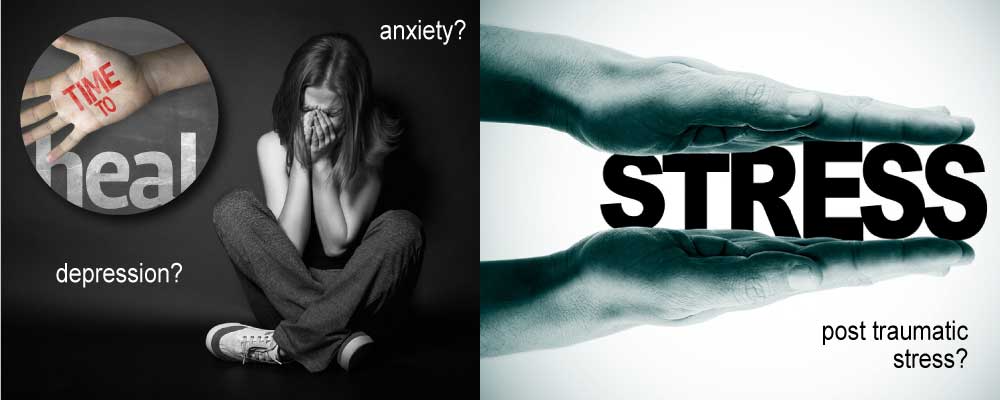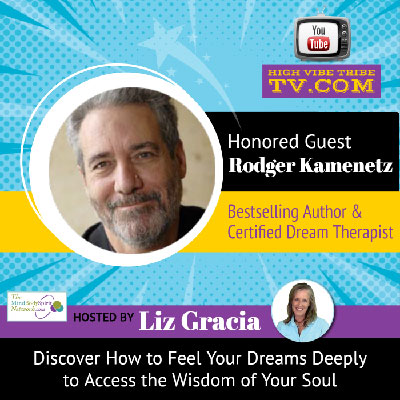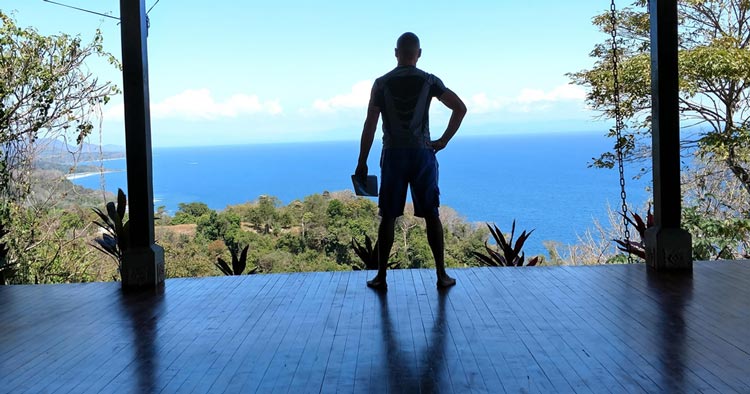So what is Post-Traumatic Stress Disorder (PTSD)?
 It is a form of anxiety that can affect anyone who has experienced overwhelming emotional stress that comes from shocking or frightening experiences. It is normal to feel afraid, sad, lost, and even angry when you’re in danger. Most people who go through a trauma have some symptoms at the beginning which eventually will start to fade. BUT . . when you feel stuck in a constant sense of danger, feeling as though you are on high alert, and experiencing upsetting memories months after a traumatic, it’s probably time to get some outside help. Don’t keep on telling yourself “there’s nothing really wrong with me.” You could have PTSD.
It is a form of anxiety that can affect anyone who has experienced overwhelming emotional stress that comes from shocking or frightening experiences. It is normal to feel afraid, sad, lost, and even angry when you’re in danger. Most people who go through a trauma have some symptoms at the beginning which eventually will start to fade. BUT . . when you feel stuck in a constant sense of danger, feeling as though you are on high alert, and experiencing upsetting memories months after a traumatic, it’s probably time to get some outside help. Don’t keep on telling yourself “there’s nothing really wrong with me.” You could have PTSD.
PTSD used to be associated with veterans of war because soldiers returning from battle frequently experience it. However PTSD is now being diagnosed in many situations where people experience extreme terror and/or helplessness such as rape, physical attacks or abuse (including domestic violence) childhood abuse, accidents or natural disasters.
Symptoms of PTSD
Some common symptoms are:
⁃ flashbacks or reliving the event’s
⁃ nightmares and sleep problems
⁃ avoiding thoughts, feelings, places or persons that may remind you of the event
⁃ social withdrawal and isolation
⁃ angry outbursts
⁃ being constantly tense and “on guard”
⁃ feeling negative and/or detached
⁃ loss of interest in life
These symptoms can have devastating effects on someone’s personal life, and on their work life as well. If not “treated”, PTSD can spiral into other problems like panic disorder, obsessive behaviors, substance abuse, depression and suicidal thoughts.
Family also can be greatly affected by these invisible injuries and their side effects. How? A spouse may become a “caregiver” and have to abandon the role as wife or husband, in order to deal with the daily crises resulting from untreated PTSD. A child, whose parent has PTSD, may develop anxieties and self esteem issues.
I want to tell you that having PTSD is not a sign of weakness. It is the result of a complex set of reactions that take place in the brain and the body.
Why do some people get PTSD and others do not?
Not everyone who lives through a scary or dangerous event gets PTSD. In fact, most people will not get it.
No one knows exactly why some people get PTSD and others do not. However there are ‘risk factors’ and ‘resilience factors’ that can help increase or reduce the risk of the disorder.
Risk factors for PTSD include:
⁃ living through dangerous events and traumas
⁃ having a history of mental illness
⁃ getting hurt
⁃ seeing people hurt or killed
⁃ feeling horror, helplessness, or extreme fear
⁃ having little to no social support after the event
⁃ dealing with extra stress after the event e.g. loss of a loved one, pain and injury, or loss of a job or home.
Resilience factors that may reduce the risk of PTSD include:
⁃ seeking out support from other people, such as family and friends
⁃ finding a support group after a traumatic event
⁃ feeling good about one’s own actions in the face of danger
⁃ having ways of getting through the bad event and learning from it
⁃ being able to act and respond effectively despite feeling fear
A few things do seem to help reduce the intensity of symptoms. One of these is exercise, which helps to burn adrenaline and release feel-good hormones at the same time. Another is relaxation, or forms of yoga or meditation. Breathing techniques are also very useful and some simple techniques such as breathing in slowly and deeply, holding for four seconds then slowly breathing out as though expelling more air than was breathed in, may help if anxiety builds as a result of “perceived” threats.
Psychotherapy
There are many types of psychotherapy that can help people with PTSD.
Talk therapies teach people helpful ways to react to frightening events that trigger their PTSD symptoms. With this general goal in mind, different types of therapy may:
⁃ teach about trauma and its effects
⁃ use relaxation skills
⁃ help people identify and deal with guilt, shame and other feelings about the event
⁃ focus on changing how people react to their PTSD symptoms.
There are also newer therapies, often called mind-body or energy-based therapies, that can be very effective in treating PTSD. In these therapies or techniques, helping people to become less reactive to certain emotions and sensations is just part of the goal. The overarching goal is a more expansive and deeper healing, thereby bringing a person back into full aliveness. My own practice is to use a combination of talk therapy and EMDR (Eye Movement Desensitization & Reprocessing) to treat anxiety and PTSD. EMDR is a technique that uses ‘bilateral stimulation’ to move the trauma through the body, thereby kick starting the natural healing process that exists in all of us.
Suggested reading
There are many books on PTSD and its treatment. Just take a look on the internet, pick a couple of titles that catch your interest, and investigate them a little bit further if you can. Choose what appeals to you. My top pick would be “Transforming Trauma: EMDR” by Laurel Parnell.
 Sallyanne Johnson is a Licensed Professional Counselor that employs different types of therapy to assist patients in the treatments of anxiety, depression and PTSD, among other conditions. Some of those types of therapy include EMDR, CBT and Client-Centered or Person-Centered therapy.
Sallyanne Johnson is a Licensed Professional Counselor that employs different types of therapy to assist patients in the treatments of anxiety, depression and PTSD, among other conditions. Some of those types of therapy include EMDR, CBT and Client-Centered or Person-Centered therapy.
She is available, as a Licensed Professional Counselor, remotely as well as in person at her office in Aspen, serving the communities of the Roaring Fork Valley of Colorado including Glenwood Springs, Carbondale, Basalt, Snowmass and Aspen, CO.





Leave a Reply